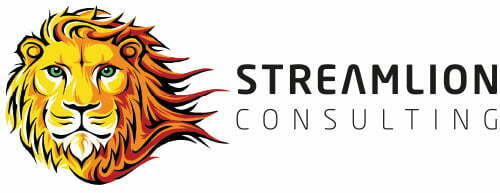Your business is established. Your customers keep coming back time after time, and they are recommending you to their friends. It’s time to move to the next level.
When we look at the next level for businesses, we talk about growth and we talk about scaling.
But what does that really mean and which should you be doing?
The difference between growing and scaling
Growth is about increasing your revenue in linear terms. You add resources, such as capital, people or technology and your revenue increases as a result.
Scaling on the other hand is when your revenue increases without a substantial increase in resources. You can expand without being hampered.
For example, take a food truck which cooks and delivers take away meals.
Business is good with lots of customers. The standard of cooking is high and all meals are consistently well made and delivered warm and on time.
If you’re looking to grow an obvious thing to do is to replicate what you’re doing with your first truck. You buy one or more new trucks and hire a different person to run that truck, cook the food, organise deliveries etc.
Your revenue will increase, but so will the resources to maintain that growth. Resources that will often drain profits, time and energy.
Scaling: taking a different approach
If you scale, however, you take a different approach.
Scaling is about increasing revenue without incurring significant increased costs to the running the business.
It’s about finding ways of doing things more efficiently in order to keep the costs down and be able to grow faster than previously possible.
Think about these problems within the growth business:
- How do you maintain consistently high-quality food when you have many more trucks in different places with different people cooking?
- How do you manage the different food truck owners to make sure the deliveries are done effectively, avoiding longer waiting times and deliveries of food that’s not warm enough?
You’re stretched having to train 5 different chefs, the delivery drivers are inconsistent, and you’re limited in the amount of food you can supply for both take-away and delivery because it’s all coming out of individual trucks.
We need to start thinking differently. To look at how the business can work with less resources, to be able to expand your current reach, potentially even reach new audiences, or unlock new markets without adding to the costs.
So with our food truck example, rather than replicating the model, we look at how else the business could run.
- Multiple food trucks: But the food is prepped in a central kitchen and then delivered just before service to be finished off. This allows you to maintain high-quality food. It can be cooked more quickly at the truck because it’s already been prepped and so you can serve more customers per truck.
- Delivery is conducted centrally: Rather than delivery drivers going to each truck, they go from one central location, where the food is cooked fresh. Control over quality, control over delivery times and no distractions for those who are serving in the trucks.
Rethink the model and you’ll be able to grow faster than previously possible.
How Streamlion can help
At Streamlion Consulting, we are experts in knowing and advising on the difference between growing and scaling your business.
Our scale-up workshops are designed to help entrepreneurs face exactly this type of challenge. We spend time looking at your business, acting as your trusted advisor to help you to make the decision that’s right for you and your business goals and aspirations. And we can then help find funding for this type of expansion.
We are experienced and trusted by many of our clients to step in and help with this process as and when further scaling up means more funding is needed. We can give you the peace of mind that you haven’t missed anything when planning the future of your business by acting as your trusted business advisor.
If you’re interested in finding out more, contact Helen on helen@streamlionconsulting.com or call 07790 493033.
Read more articles here


